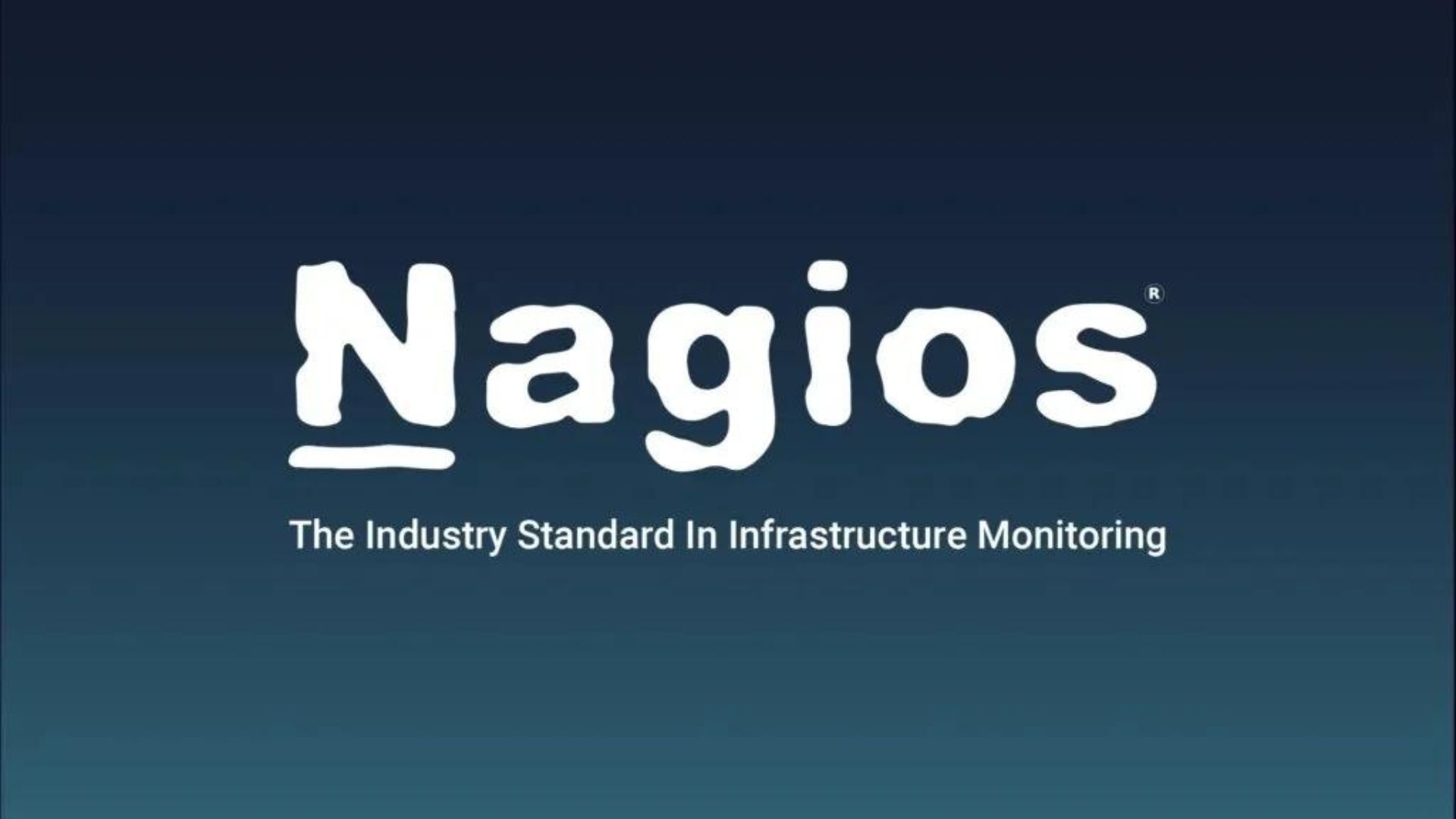Below is a step‐by‐step guide to installing Nagios Core on a Linux system (the example below uses Ubuntu/Debian commands). Adjust package names or commands as needed for your specific distribution.
Step 1: Update Your System
Make sure your package list is up to date:
Step 2: Install Required Dependencies
Install build tools, libraries, and web server components:
Additional packages may be needed (such as daemon, bc, or gawk) depending on your system.
Step 3: Create Nagios User and Group
Set up a dedicated Nagios user and a command group. Also, add your web server user (typically www-data) to this group:
Step 4: Download and Compile Nagios Core
-
Download Nagios Core Source Code
Change to a temporary directory, download the source, and extract it. (Check Nagios Downloads for the latest version.) -
Configure, Compile, and Install
Run the configuration script specifying the command group, compile, and install Nagios:
Step 5: Configure the Apache Web Interface
-
Create a Web Admin Account
Set a password for the default Nagios web interface user (e.g., nagiosadmin):(You’ll be prompted to enter and confirm a password.)
-
Restart Apache
Reload the Apache server to apply changes:
Step 6: Install Nagios Plugins
-
Download Plugins
Download the latest stable version of the Nagios plugins (verify the latest version at Nagios Plugins): -
Compile and Install Plugins
Configure with Nagios user and group, compile, and install:
Step 7: Start and Verify Nagios
-
Start the Nagios Service
Start Nagios and enable it to run on boot: -
Access the Nagios Web Interface
Open your browser and navigate to:Log in using the username nagiosadmin and the password you set earlier.
Final Notes
- Firewall: If you’re running a firewall, ensure that HTTP (port 80) is allowed.
- Customization: After installation, you may customize configuration files located in
/usr/local/nagios/etc/. - Documentation: For more advanced configuration and troubleshooting, refer to the Nagios Core Documentation.
This guide should give you a working Nagios installation on your Linux machine using the terminal. Enjoy monitoring your systems!

Comments
Post a Comment